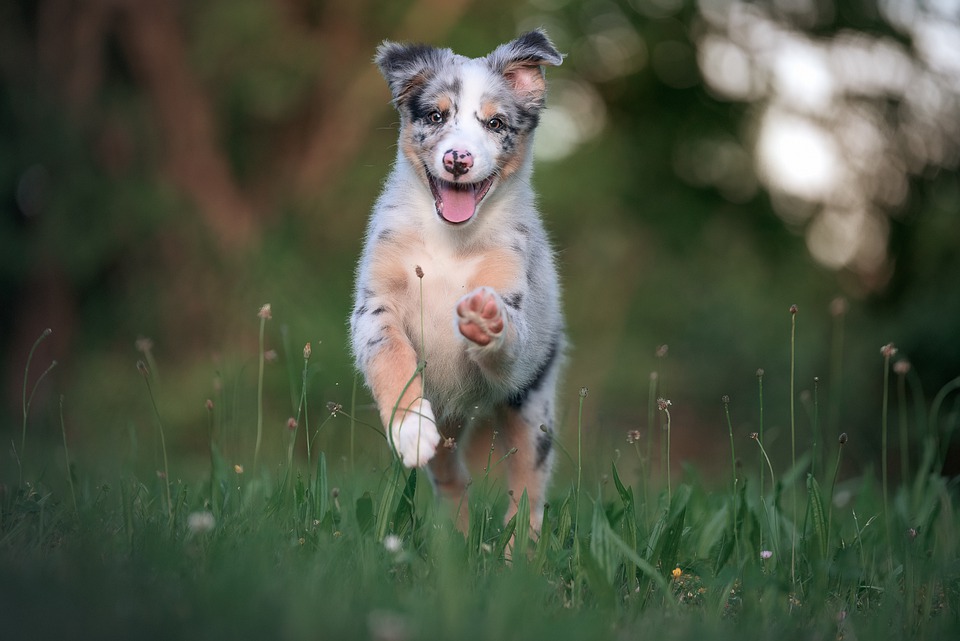Title: Recognizing and Addressing Signs of Joint Pain in Active Dogs
Introduction:
As pet owners, we want our furry friends to live happy, active lives. However, just like humans, dogs can experience joint pain that can significantly impact their mobility and quality of life. In this article, we will explore how to recognize the signs of joint pain in active dogs and provide useful tips on addressing and managing this common health issue.
I. Understanding Joint Pain in Dogs:
A. What are joints and why are they important for dogs?
Joints are the connections between bones that allow for movement. They play a crucial role in a dog’s ability to walk, run, and play.
B. Common causes of joint pain in active dogs
Joint pain in dogs can be caused by various factors such as aging, obesity, injury, arthritis, hip dysplasia, and genetic predisposition.
C. Breeds prone to joint problems
Certain dog breeds, such as Labrador Retrievers, German Shepherds, and Golden Retrievers, are more susceptible to joint problems due to their genetics and body structure.
II. Recognizing Signs of Joint Pain:
A. Changes in mobility and activity levels
Dogs with joint pain may exhibit a decrease in their activity levels and reluctance to participate in activities they previously enjoyed.
B. Difficulty getting up, sitting down, or climbing stairs
If your dog struggles with basic movements like getting up from a lying position, sitting down, or climbing stairs, it may be a sign of joint pain.
C. Reluctance to jump or play
Joint pain can make it difficult for dogs to engage in activities that require jumping or playing, such as catching a ball or leaping onto furniture.
D. Limping or favoring a specific leg
Dogs with joint pain may limp or favor one leg, indicating discomfort in that particular joint.
E. Visible swelling or stiffness
Swelling or stiffness in the joints can be a sign of inflammation and joint pain in dogs.
F. Behavioral changes
Dogs experiencing joint pain may exhibit changes in behavior, such as irritability, restlessness, or aggression, due to their discomfort.
III. Addressing and Managing Joint Pain:
A. Consultation with a veterinarian
It is essential to consult with a veterinarian for an accurate diagnosis and to develop a personalized treatment plan for your dog’s joint pain.
B. Appropriate exercise and weight management
Maintaining a healthy weight and engaging in low-impact exercises, such as swimming or walking, can help alleviate joint pain in active dogs.
C. Joint supplements and medications
Your veterinarian may recommend joint supplements or prescribe medications to reduce inflammation and manage pain in your dog’s joints.
D. Physical therapy and rehabilitation techniques
Physical therapy and rehabilitation techniques, such as hydrotherapy and range-of-motion exercises, can help improve joint mobility and reduce pain.
E. Alternative therapies and natural remedies
Some dogs may benefit from alternative therapies like acupuncture, chiropractic care, or natural remedies such as omega-3 fatty acids or turmeric supplements. However, it is important to consult with a veterinarian before trying these treatments.
IV. Frequently Asked Questions (FAQs):
1. How can I prevent joint pain in my active dog?
2. Are certain dog breeds more prone to joint pain than others?
3. When should I consult a veterinarian about my dog’s joint pain?
4. Can I give over-the-counter pain medications to my dog?
5. How long does it take to see improvement with joint supplements?
6. Are there any natural remedies I can try for my dog’s joint pain?
7. Can physical therapy and rehabilitation help relieve joint pain in dogs?
8. Is surgery necessary for all dogs with joint issues?
Conclusion:
By recognizing the signs of joint pain in active dogs and taking appropriate measures to address and manage this condition, we can help our four-legged companions enjoy a pain-free and fulfilling life. Remember, always consult with a veterinarian for a proper diagnosis and personalized treatment plan for your furry friend. With the right care, your active dog can continue to thrive and participate in all the adventures life has to offer.









